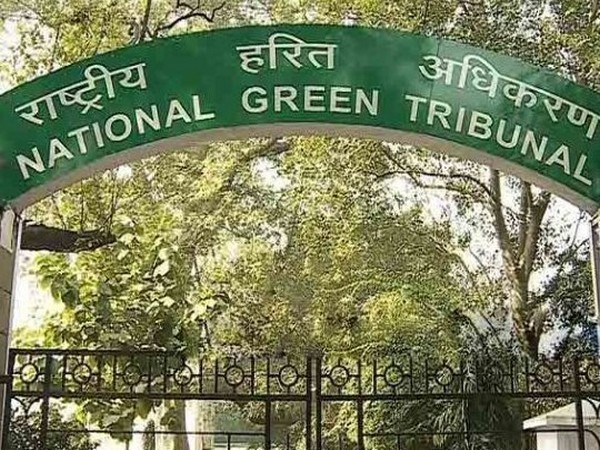Delhi Lieutenant Governor VK Saxena along with National Green Tribunal (NGT) Chairperson, Justice Adarsh Kumar Goel on Tuesday inspected the navigable stretch of Yamuna between ISBT and ITO Barrage, on an Indian Navy Boat brought in recently. The navigability of the stretch was ascertained last month by the boat provided by the Indian Navy at the LG’s behest.
The LG and the NGT Chairperson, accompanied by senior officials of the stakeholder departments, Delhi Development Authority (DDA), Irrigation and Flood Control Department (I&FC), Municipal Corporation of Delhi (MCD) and Delhi Jal Board (DJB), also took stock of the cleaning works undertaken on the floodplains of the river under directions of the High-Level Committee (HLC), constituted by the NGT January 9, 2023. Priests from different faiths also accompanied the visiting team.
It may be noted that the HLC has been monitoring the rejuvenation of river Yamuna vide eight different implementation parameters that also include, cleaning and restoration of the floodplains, apart from the desiltation of the sewerage accumulated in the river and on its banks.
Works on the restoration of the floodplains from Wazirabad Barrage to ITO Barrage, in its first phase started in February this year and have since been completed. Cleaning operations on the stretch between ITO Barrage and Okhla are underway.
Speaking on the occasion, the LG said that the cleaning works on the 11 Km stretch till the ITO Barrage had been successfully completed and it was there for anyone to see. He reiterated that any long-term solution to the rejuvenation of the Yamuna would have to involve the common residents of Delhi and once the waterway becomes fully navigable citizens could start involving themselves at the physical level with the river.
This, LG added, will help develop a sense of belongingness in the people towards the Yamuna.
The LG stressed that the efforts at rejuvenating the river had slowly but surely started showing encouraging results and it was evident in the physical appearance of the ghats as indeed the quality of the water if one were to compare on a year-to-year basis.
LG Saxena specifically pointed out the massive efforts being undertaken to clean the Najafgarh Drain through the desiltation and trapping of drains for diversion to STPs and said that cleaning of the drain, which accounts for about 68 per cent of pollution into the river, will make a remarkable difference.
Saxena however, emphasized that the task of cleaning the river, hitherto neglected for over three decades, despite consistent monitoring by the Supreme Court and the NGT, will take time to complete and there is a long road ahead.
It had been an endeavour on the part of the Lt. Governor to involve the people of the city in the efforts to rejuvenate the Yamuna by bringing them closer to the river and instilling a sense of ownership towards the river in them.
In this respect, apart from other initiatives, making the river navigable for use as a recreational as well as public transport means was also envisaged. (ANI)
Read More: http://13.232.95.176/

